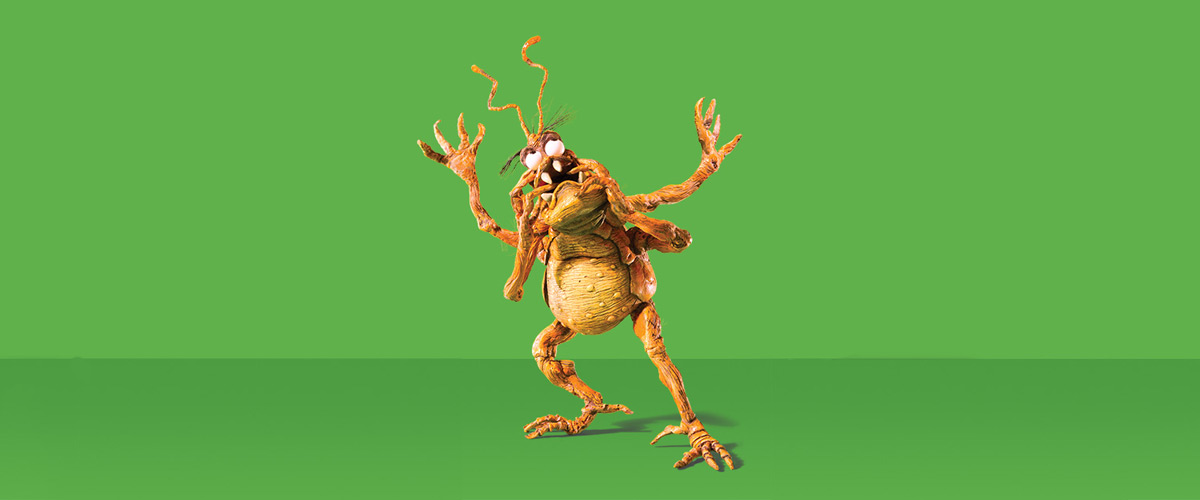Make head lice one for the history books.
-
MOOV Head Lice Defence Spray
MOOV Head Lice Defence Spray
Head lice prevention that lasts up to 8 hours.VIEW PRODUCT

Make head lice one for the history books.
School is back and unfortunately, so are the head lice. But good news! There are some proactive ways in which you can help prevent the spread of head lice in the classroom.
Below are some tips on how you can help to prevent infestation, as well as help educate parents on what to do when symptoms appear.
But first, what are head lice?
Head lice are small parasitic insects that live on the human head. They vary in colour from white-brown to red-brown1, and have six clawed legs. Contrary to popular belief, head lice are not winged and cannot fly1. Instead, they are transferred by close personal contact, or by sharing caps and hats, brushes and combs.
Head lice eggs – also known as nits – are about the size of a pinhead, and are yellowish or white when laid. The eggs firmly attached to the hair shaft and cannot be removed by brushing. Once the egg hatches, it turns white or clear but remains fixed to the hair shaft.
The head lice – or each louse – life cycle lasts 32 – 45 days, from egg to death. It begins with eggs being laid, then onto hatching, maturation into adults, mating and egg laying, until finally, the parent head lice die1. These eggs will hatch in six to ten days, continuing the life cycle until the infestation is treated and the cycle is broken. The typical louse dehydrates and dies anywhere quickly, usually within 24 hours when away from the scalp between 6 and 24 hours when away from the scalp1.
How can I tell who has head lice?
The most common symptom of head lice is an itchy head. Head lice create a crawling or tickling sensation, so if you see a student scratching or even reporting these symptoms, a thorough head check is in order!
It’s worth noting, anyone of any age can get head lice but it’s generally more prevalent in school-age children. Interestingly, 75% of parents have had to deal with a child who has unwittingly arrived home with a headful of unwelcome guests2. Given the ease with which head lice can infest other heads through simple contact, it’s a good idea to treat the entire family if an outbreak occurs. If it’s occurring among your own students, make sure you also get checked.
What to do if a student has head lice?
It’s important to notify parents immediately so that they can begin treatment straight away. If your school’s head lice policy allows students to remain at school, make sure they wear their hair in a protective style such as a bun, and ensure they don’t share hats, brushes, or touch heads with other children while the infestation is present. In the classroom, MOOV Head Lice Defence Spray can help defend against infestation. Applied to hair like a leave in conditioner, MOOV Head Lice Defence Spray provides defence against head lice for up to eight hours – something that can be used on every student to help stop head lice infestations getting out of hand!
What type of treatment should parents use?
MOOV is the number 1 selling head lice brand in pharmacy, making it easy to recommend to parents3. The important thing to communicate is that there’s no one-off treatment to break the head lice cycle. Since choosing the right products can be confusing, the MOOV Head Lice Range is categorised into three functions: kill, remove and help prevent. The MOOV Head Lice range contains a full suite of products to help destroy, detach and defend against head lice.
Why choose MOOV?
MOOV is Australian-owned and uses natural essential oils. MOOV Head Lice is an Australian made quality brand you can trust. The products are easy to use – plus MOOV Head Lice Defence Spray is ideal for teachers or nurses who are trying to defend against head lice. Just spray it in the hair of students for 8 hours protection against head lice.
Why choose MOOV?
Lice can’t fly or jump. They transfer by direct head-to-head contact, so it’s important to advise students not to swap hats in the playground.
Long hair should be tied back in pigtails or a pony tail, making it harder for lice to get access to the hair. Also, don’t allow children to share hairbrushes.
If you start to see signs of lice, be sure to talk to parents about head lice and suggest they do a quick hair check every night. The quicker you get on top of an infestation, the easier it will be to clear it.
Defend when you know Head Lice are about. MOOV Head Lice Defence Spray can help you defend against head lice.
Always read the label. Follow the directions for use. If symptoms persist, worsen or change unexpectedly talk to your health professional.